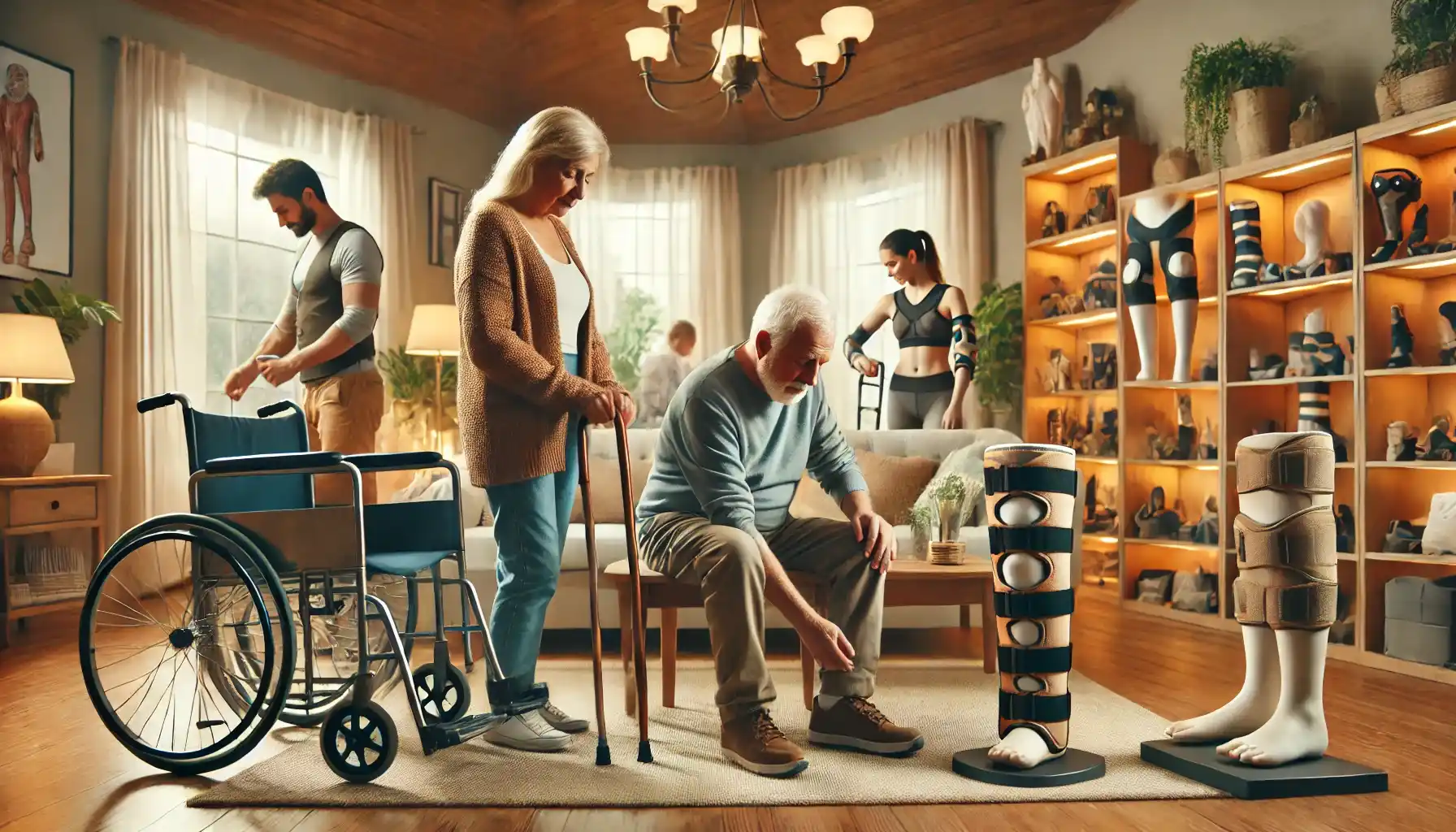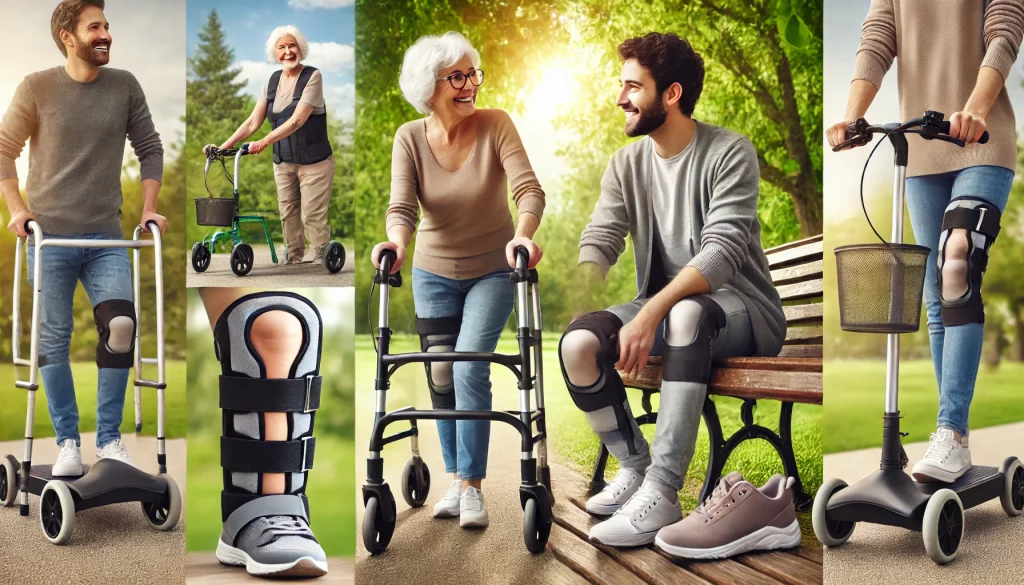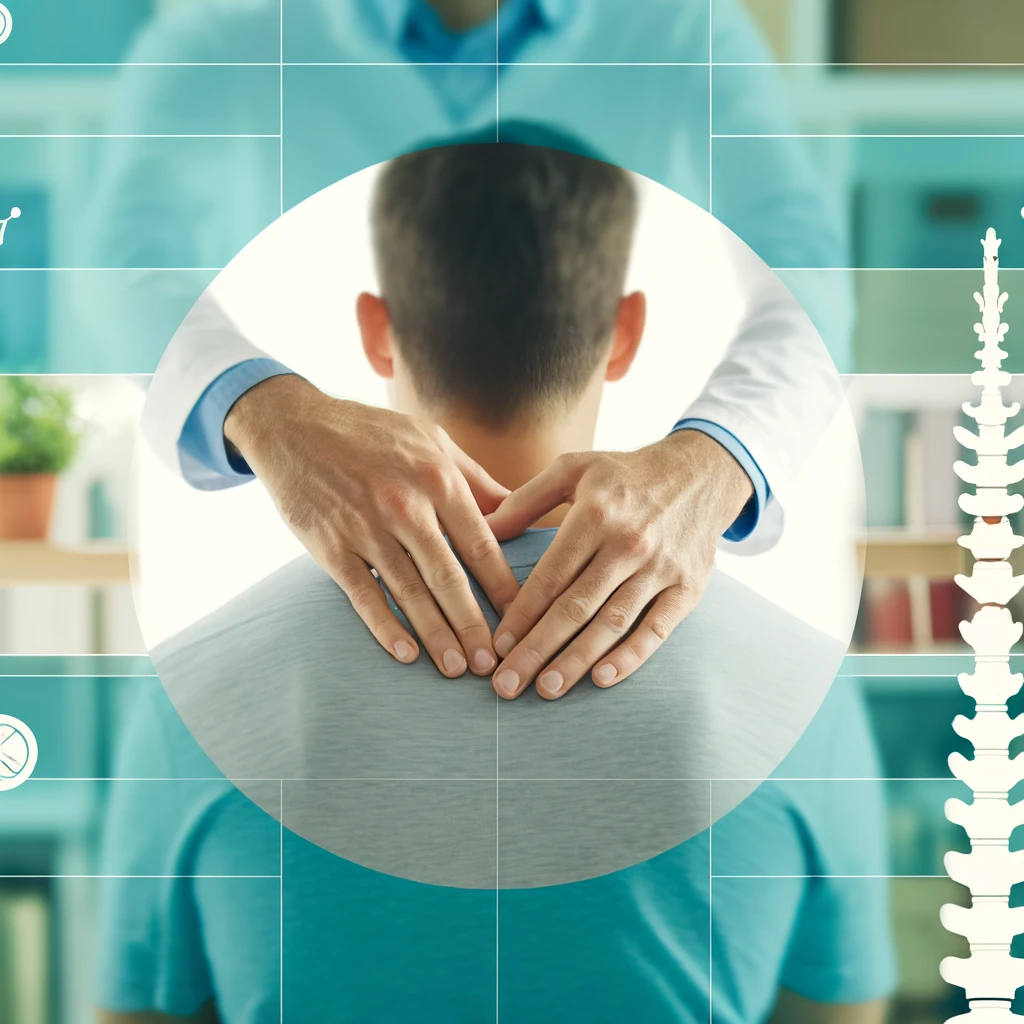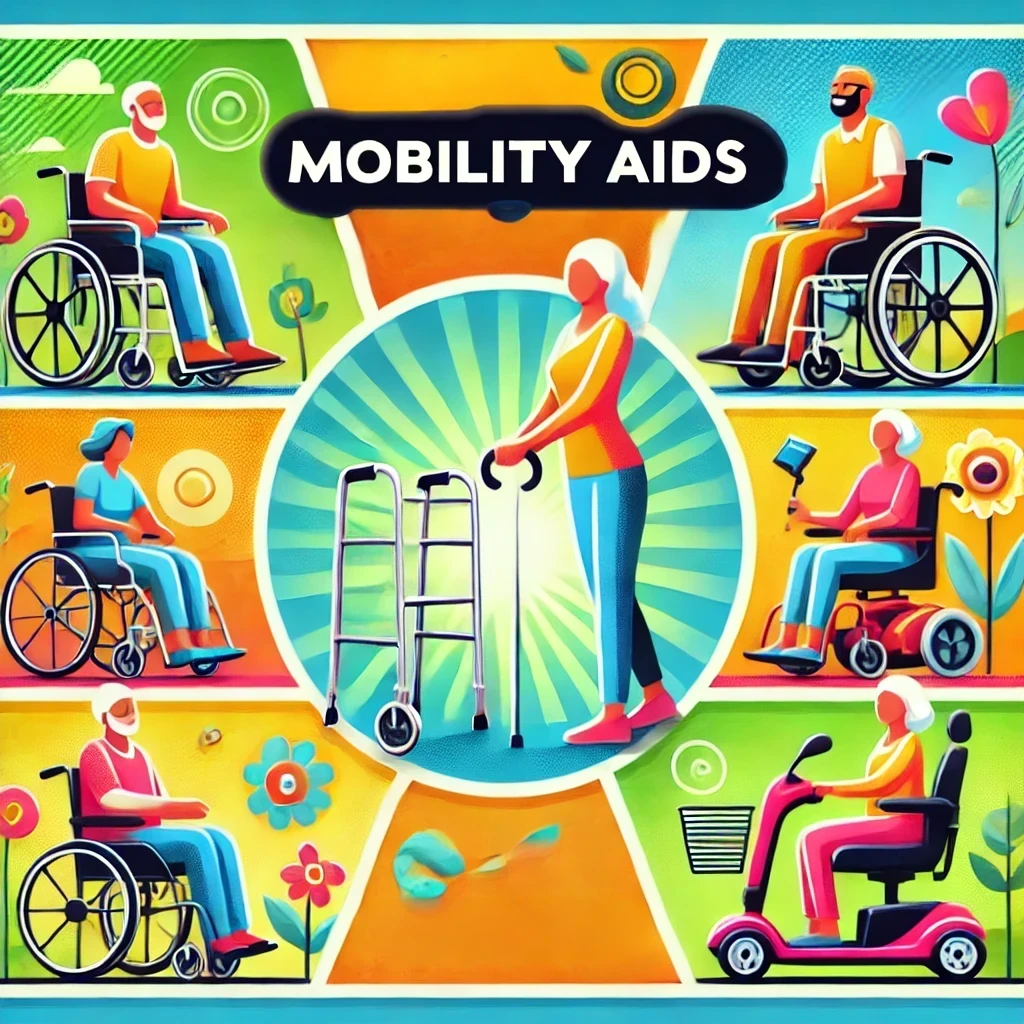
Table of Contents
Living with chronic pain or reduced mobility can be incredibly challenging. Fortunately, a wide range of mobility devices can help reduce pain and make everyday activities more accessible. For many Americans, finding ways to manage pain while maintaining mobility is essential to living a full and independent life. . From orthopedic supports to advanced walking aids, these tools provide crucial assistance for pain relief and improved movement. Here, we’ll explore some of the best mobility devices available to help you live more comfortably.
Orthopedic Supports for Joint and Muscle Relief
Braces and Supports
One of the most common solutions for joint and muscle pain is orthopedic braces. These supports come in various forms, including knee braces, back supports, wrist splints, and more.
Benefits of Braces:
- Stability and Support: Orthopedic braces help stabilize joints, reducing stress on muscles and ligaments.
- Pain Reduction: They provide compression and limit certain movements, which can significantly reduce pain from arthritis, injuries, and overuse.
- Custom Fit: Many braces are adjustable, ensuring they can be tailored to fit comfortably for varying levels of support.
Orthopedic Footwear
Pain in the feet, ankles, and lower limbs can have a significant impact on mobility. Orthopedic shoes are specially designed to offer additional cushioning, arch support, and shock absorption.
Pro Tip: Look for shoes with deep heel cups, contoured footbeds, and flexible soles to promote natural movement and reduce pain.
Walking Aids for Enhanced Stability
Canes
Canes offer simple yet effective support for individuals who experience balance issues or pain while walking. Modern canes come with ergonomic grips, adjustable heights, and some even fold for easy transport.
Types of Canes:
- Standard Canes: Suitable for minor balance issues.
- Quad Canes: Offer a wider base for enhanced stability, making them ideal for those with more severe balance problems.
Walkers and Rollators
Walkers and rollators provide more substantial support than canes. Walkers often include four sturdy legs, while rollators have wheels and a built-in seat for resting.
Benefits of Rollators:
- Ease of Use: Ideal for indoor and outdoor use.
- Storage Features: Many models have storage compartments and pouches, perfect for carrying personal items.
- Mobility Support: Rollators help reduce fatigue during prolonged activities.

Wheelchairs and Mobility Scooters
Manual and Powered Wheelchairs
Wheelchairs can transform the lives of individuals with limited mobility. When choosing between manual and powered models, consider your level of independence, physical strength, and lifestyle needs.
- Manual Wheelchairs: Ideal for those with upper body strength or access to caregivers for assistance.
- Powered Wheelchairs: Offer greater independence with customizable controls, ergonomic seating, and adjustable speeds.
Mobility Scooters
Mobility scooters provide freedom of movement for individuals who have difficulty walking long distances but possess enough hand strength to operate the controls. When selecting a scooter, consider the weight capacity, battery range, and portability.
Ergonomic Furniture for Pain Management
Recliners and Lift Chairs
Spending time seated should not exacerbate pain. Recliners and lift chairs are designed to help individuals sit and stand with minimal effort while providing superior lumbar support and cushioning.
Key Features to Look For:
- Customizable Reclining Angles: Helps alleviate pressure on joints and muscles.
- Heat and Massage Options: Provides added comfort and relief.
Adjustable Beds and Mattresses
Adjustable beds allow individuals to raise or lower different sections of the bed, offering a personalized sleeping position. This is especially helpful for people with chronic back pain, acid reflux, or mobility issues.
Pro Tip: Consider mattresses that offer firmness adjustments for personalized comfort and support.
Devices for Pain Management and Improved Flexibility
Heat and Cold Therapy Tools
Heat wraps and cold packs are effective for managing inflammation and providing targeted relief. While heat therapy improves blood circulation and reduces stiffness, cold therapy minimizes swelling and numbs localized pain.
TENS Units
Transcutaneous Electrical Nerve Stimulation (TENS) units are small devices that deliver low-voltage electrical pulses to stimulate nerves and relieve pain. They are especially helpful for chronic conditions like arthritis, lower back pain, and muscle spasms.
Tips for Choosing the Right Mobility Device
Assess Your Needs
Consulting with healthcare professionals can help determine which mobility aid is best suited to your condition. Factors to consider include:
- Type and Severity of Pain: Whether you have chronic pain, post-surgery discomfort, or an acute injury.
- Lifestyle Considerations: How much mobility you require for daily tasks and hobbies.
Insurance and Financial Assistance
Medicare, Medicaid, and private insurance often cover a portion of the cost of mobility aids. Additionally, some non-profit organizations and state programs provide financial assistance to eligible individuals.
Maintaining Your Mobility Device
Proper maintenance is essential for ensuring that mobility aids function as intended and have a long lifespan. Here are some quick tips:
- Regular Cleaning: Keep devices free from dust, dirt, and debris.
- Routine Checks: Inspect wheels, brakes, and hinges for wear and tear.
- Repairs and Upgrades: Address any issues promptly to avoid compromising your safety.
Conclusion
Mobility devices play a crucial role in improving the lives of individuals experiencing pain and mobility challenges. By choosing the right aid, you can enhance your quality of life, reduce pain, and maintain independence. Be sure to consult healthcare professionals for personalized recommendations and explore the various options available to meet your unique needs.
If you’re ready to discover mobility devices tailored to your lifestyle, explore our comprehensive selection at No Pain America.
FAQ Section
What are mobility devices, and how do they help with pain relief?
Mobility devices are tools designed to assist individuals with limited movement due to aging, injuries, or chronic conditions. These devices, such as walkers, canes, wheelchairs, and orthopedic supports, help relieve pain by reducing the strain on joints and muscles, improving stability, and enhancing independence.
Which mobility aids are best for managing arthritis pain?
For individuals with arthritis, supports like knee braces, ergonomic canes, and walkers with padded grips are highly effective. Orthopedic footwear can also alleviate foot pain, while heat and cold therapy tools reduce inflammation and stiffness.
How do I choose the right mobility device for my needs?
Choosing the right mobility device depends on factors like your level of pain, mobility limitations, and lifestyle. It’s best to consult a healthcare professional to assess your needs and recommend aids that provide the appropriate level of support and comfort.
Are mobility aids covered by insurance?
Many mobility aids may be partially or fully covered by Medicare, Medicaid, or private insurance, depending on your plan and medical necessity. It’s advisable to check with your provider and explore local programs that offer financial assistance.
Can mobility devices help improve movement beyond just pain relief?
Yes, mobility devices can enhance overall movement by improving stability, increasing confidence, and enabling a greater range of activities. Tools like rollators and mobility scooters encourage users to remain active, which can further promote muscle strength and flexibility.
How can I maintain my mobility aids to ensure they last longer?
Regular cleaning, inspecting for wear and tear, and routine maintenance are essential for extending the lifespan of mobility aids. For example, keep wheels and brakes on rollators in good working order, and ensure that braces and supports are washed as directed to maintain their effectiveness.



